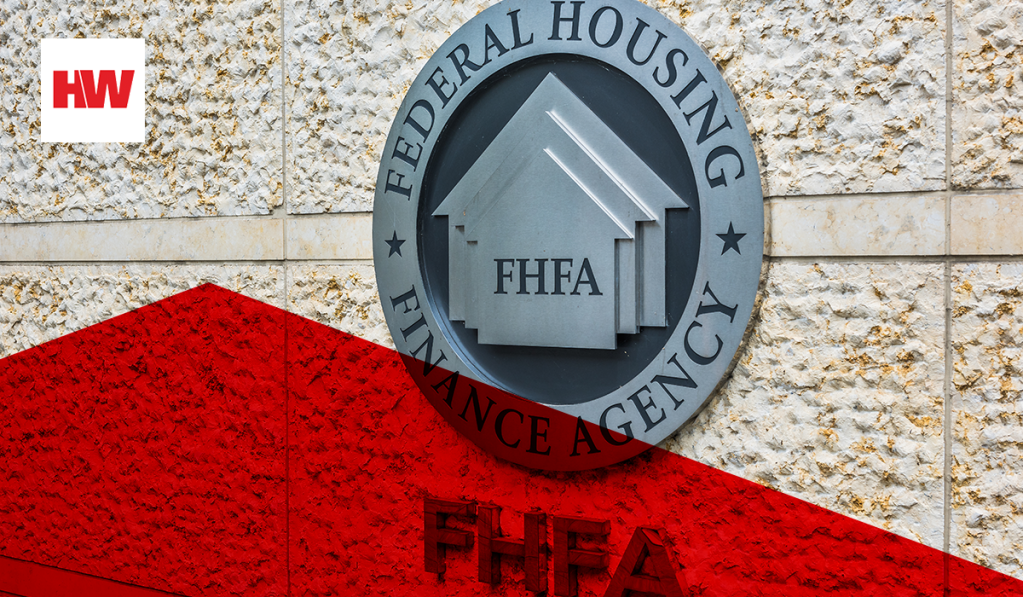
The Federal Housing Finance Agency (FHFA) proposed some key changes to requirements for single-family seller servicers that do business with the enterprises.
The changes would see tangible net worth requirements set higher for Ginnie Mae servicers than for Fannie Mae and Freddie Mac servicers. For all non-depositories, the minimum capital ratio would increase to 9% from 6%. The proposed changes would take effect for current and new servicers starting December 2022.
The FHFA would also eliminate the non-performing loan charge, which industry stakeholders had complained was procyclical, the agency wrote. The charge currently assesses a 200 basis point charge after the share of a servicer’s non-performing loans goes over 6%.
But the FHFA’s proposed requirements contain some tradeoffs. The agency would also tack on a 200 basis point charge on the hedging position for all servicers. The charge would counteract the risk of “significant price spikes” that could trigger margin calls, which the FHFA said it observed in March 2020.
Servicers with loans backed by Ginnie Mae, which guarantees loans made by the Federal Housing Administration, the United States Department of Agriculture and the Department of Veterans’ Affairs will have to add 35 basis points to their tangible net worth. For servicers with government-sponsored enterprise-backed loans, the tangible net worth requirement will stay at 25 basis points.
The proposed differentiation between Ginnie Mae servicers and GSE servicers could be consequential for some servicers, especially non-depository servicers who are focused on the Ginnie Mae market.
“If they weren’t reserving appropriately at those levels, this could be a shock,” said Dave Stevens, CEO of Mountain Lake Consulting.
For both buckets of servicers, deferred tax assets will no longer count toward tangible net worth.
The different requirements for Ginnie Mae versus Fannie Mae and Freddie Mac servicers follows from the different risk profiles of their portfolios, as well as the terms of the guarantee they provide to investors.
Defaults are more expensive for Ginnie Mae servicers. If a Ginnie Mae borrower defaults, a servicer still has to make full principal and interest payments, until the loan re-performs or is taken out of the pool, whereas GSE servicers are typically obligated to remit only what the borrower paid.
FHFA differentiates between these different types of remittance in the proposed liquidity requirements. The lowest minimum liquidity requirement — for those servicers who are only obligated to pay whatever interest and principal the borrower pays — would be set at 3.5 basis points.
For servicers that must make either scheduled or actual principal and interest payments, their minimum liquidity requirement would be seven basis points. Ginnie Mae servicers would have an even higher minimum liquidity requirement of 10 basis points.
“The proposed liquidity requirement is calibrated to protect against higher levels of delinquency, thus requiring more upfront base liquidity, and in exchange, removes the incremental NPL charge that has been criticized as being procyclical,” the FHFA wrote.
The industry is still gauging what impact the requirements would have. But many stakeholders take the proposal as a sign that FHFA is receptive to industry feedback. Bob Broeksmit, president of the Mortgage Bankers Association, said that he was pleased that FHFA took industry comments into consideration when drafting the proposal.
“This is a critically important framework to get right given the vital role independent mortgage banks (IMBs) play in serving the needs of LMI and minority borrowers,” Broeksmit added.
The FHFA also appears to have responded to requests from some corners of the industry, including the small- and medium-sized lender trade group, Community Home Lenders Association, that policies governing small and large lenders be adjusted to fit.
“CHLA does appreciate that the requirements would begin to create meaningful financial differences between large and small servicers — something CHLA has long advocated — such as different financial ratios for actual versus scheduled servicing and enhanced requirements for large servicers,” said Scott Olson, executive director of CHLA.
Large non-depositories, which the FHFA defines as those with $50 billion or more in total single-family servicing unpaid principal balance, must now establish a liquidity buffer to draw on during times of stress. The liquidity buffer would be two basis points for enterprise-backed loans, and five basis points for Ginnie Mae-guaranteed loans.
The regulator and conservator pointed out that the eligibility requirements are not, technically, regulatory requirements. But they are the rules of the road if a seller or servicer wants to do business with either of the GSEs.
“The eligibility requirements are not regulatory requirements, and a seller/servicer that does not wish to do business with the Enterprises is not required to meet them,” the FHFA wrote.




